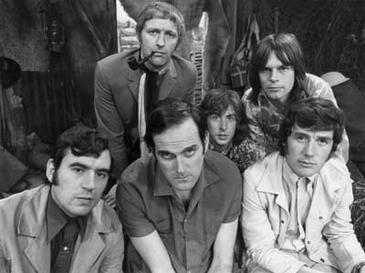2. Conditions for Creativity
Overview
Key Points
- Creativity is a mindset.
- We operate in two modes of thinking: closed and open, where open mode is conducive to creativity.
- Five Keys to Creativity: Space, Time, Deferring Decisions, Confidence, Humor.
Objectives
- Understand the two modes of thinking.
- Identify situations invloving different modes of thinking.
- Explore ways to incorporate the five keys with open mode thinking.
Modus Operandi

Psychologist Donald MacKinnon, Ph.D. and comedian John Cleese of Monty Python claim that creativity is not a talent, but rather, a way of operating.
They believe that creative people put themselves in a mood, allowing their natural creativity to flow. In this state, individuals can play and be childlike, opening themselves up to exploration and discovery, without a goal in mind.
Play for its own sake is the key.
They mention two modes in which people conduct work: closed mode and open mode. In closed mode, we focus on structured, purpose-driven tasks with less room for creative thought. In open mode we relax into a state of awareness with less purpose, more curiosity, and a higher capacity for playfulness. We shed any pressure to perform in a certain way and allow our natural creativity to surface.
John Cleese’s Five Keys to Creativity
- Space: You cannnot be creative in your “work” environment. You need a dedicated space to get away from closed mode. This forms the first part of the Space/Time Oasis.
- Time: Creative time must be scheduled (90 minutes) with a specific start time and end time. Otherwise, it is too easy to drift back to work mode. This forms the second part of the Space/Time Oasis.
- Deferring Decisions: More creative people are willing to tolerate the discomfort of not solving a problem quickly so that they may discover a much better and more original solution.
- Confidence: You need confidence to be free to play. You need to be open to trying anything without fear of it not working.
- Humor: Humor gets us from closed mode to open mode faster than anything else. Laughter creates relaxation & humor widens our perspective.
When the creative “work” is done and we wish to implement our creative decisions, remaining in creative mode can become counterproductive. Closed mode becomes more beneficial and we wish to activate the Executive Attention Network.
Building the capacity to switch between open and closed modes when desired is key.
Let’s Laugh
Click here and here for a good time.